Today we started our journey south to Konya, and eventually back to Istanbul. After the dramatic countryside around Goreme, it was a change to travel through endless flat grasslands as far as we could see. In this steppe country there are grain crops and every now and the cattle or sheep with their herder. The scenery didn't change for over the 250 or so kilometres, but I quite like seeing this type of landscape. It helps set the bigger picture of the country.
We stopped at dusty Sultanhani for a break and also to see the Sultanhani caravanserai. Caravanserais were inns built in the 10th and 11th century to provide accommodation and protection for merchants and their animals. The central courtyard was usually open, with sleeping and washing rooms around the edges. In the centre was a area set aside for religious purposes. In Sultanhani is the remains of the small mosque that was there. It is a large building and in quite good condition. Such refuges must have been very valuable to traders with their camels who needed a rest after their 40 km or trek with their camels through the dusty countryside.
As we get nearer to Konya we diverged from the route to see Tuz lake, an enormous salt lake we saw from the air when we flew in. Sadly, the extra 100km did not end with the view of the lake, as like another dam we saw, it is fenced and there is no access.
Finding our hotel in Konya was a challenge. Addresses can be difficult to follow and the sat-nav not always very precise with a specific address. And then there are one way streets. And cars parked blocking streets when they shouldn't. But we found it finally.
Lonely Planet refers to Konya as the equivalent of the 'Bible Belt'. It is renowned also for its whirling dervishes, the Mevlana Museum, and Sufism, a mystical dimension of Islam. So there are some women seen all in black coverings and there is no alcohol sold (or not obviously anyway.)
I am noticing changes in the way women dress as we move around the country. There are many women dressed western style, but in Istanbul a good proportion wear the trench coat style coat over long sleeved tops and long skirts or pants. And heads covered with silk headscarfs. The older women wear black overcoats rather than the lighter trenchcoats. It seems they must be hot.
When we got to Goreme there was a noticeable change in women's wear. Most middle aged and older women wear baggy pants gathered at the the ankles and waist, have a low crutch, and are made from a light patterned material. They wear a white muslin and narrow lace edged scarf on their head. These women sit on the ground for many purposes - to weed, to chop grass, cut herbs, or just to talk or sit in the sun. And they get up and down so easily. Much better than I can.
We were in the old centre of Konya. A large market was nearby, and the streets were very busy. As we have seen before in countries where women cover their clothes, there is the strange ?availability of very over-the-top evening outfits - use every kind of beading, flounce etc on one dress and would leave a lot of uncovered skin on the wearer. Lots of these shops near our hotel. Also noticed almost every chemist shop (and there are many) have one item only displayed in their windows - Viagra!?
Around our hotel in Konya was busy and dusty, the hotel room was a comfortable but the evening sun made it hot and a large light-up sign outside made it light at night, so we decided to stay one night only and head to the coast.
Good decision.
Konya, and women's clothing
Tuesday, April 30, 2013
 Konya, Konya, Turkey
Konya, Konya, Turkey
Other Entries
-
1Arrival in UK
Apr 1713 days prior London Heathrow, United Kingdomphoto_camera1videocam 0comment 0
London Heathrow, United Kingdomphoto_camera1videocam 0comment 0 -
2The Dirty Habit
Apr 1812 days prior Hollingbourne, United Kingdomphoto_camera18videocam 0comment 1
Hollingbourne, United Kingdomphoto_camera18videocam 0comment 1 -
3The Midwife Calling
Apr 1911 days prior Hollingbourne, United Kingdomphoto_camera13videocam 0comment 0
Hollingbourne, United Kingdomphoto_camera13videocam 0comment 0 -
4To Brighton Pavilion
Apr 2010 days prior Hollingbourne, United Kingdomphoto_camera26videocam 0comment 1
Hollingbourne, United Kingdomphoto_camera26videocam 0comment 1 -
5Searching for bluebells
Apr 219 days prior Hollingbourne, United Kingdomphoto_camera24videocam 0comment 0
Hollingbourne, United Kingdomphoto_camera24videocam 0comment 0 -
6Borde Hill Garden on way to Gatwick
Apr 228 days prior Hollingbourne, United Kingdomphoto_camera14videocam 0comment 0
Hollingbourne, United Kingdomphoto_camera14videocam 0comment 0 -
7To Istanbul
Apr 237 days prior Istanbul, Turkeyphoto_camera6videocam 0comment 2
Istanbul, Turkeyphoto_camera6videocam 0comment 2 -
8Discovering Istanbul
Apr 246 days prior Istanbul, Turkeyphoto_camera72videocam 0comment 3
Istanbul, Turkeyphoto_camera72videocam 0comment 3 -
9Land of fairy chimneys
Apr 264 days prior Goreme, Turkeyphoto_camera16videocam 0comment 1
Goreme, Turkeyphoto_camera16videocam 0comment 1 -
10Discovering Cappadocia
Apr 273 days prior Goreme, Turkeyphoto_camera25videocam 0comment 1
Goreme, Turkeyphoto_camera25videocam 0comment 1 -
11How green was the Ihlara Valley?
Apr 282 days prior Ihlara, Turkeyphoto_camera25videocam 0comment 0
Ihlara, Turkeyphoto_camera25videocam 0comment 0 -
12Country drive to Soganli
Apr 291 day prior Soğanlı, Turkeyphoto_camera34videocam 0comment 0
Soğanlı, Turkeyphoto_camera34videocam 0comment 0 -
13Konya, and women's clothing
Apr 30 Konya, Turkeyphoto_camera17videocam 0comment 1
Konya, Turkeyphoto_camera17videocam 0comment 1 -
14I do love to be beside the sea
May 011 day later Side, Turkeyphoto_camera39videocam 0comment 0
Side, Turkeyphoto_camera39videocam 0comment 0 -
15Antalya and the ruins at Termessos
May 033 days later Antalya, Turkeyphoto_camera39videocam 0comment 0
Antalya, Turkeyphoto_camera39videocam 0comment 0 -
16Kas and an Aegean boat trip
May 044 days later Kas, Turkeyphoto_camera43videocam 0comment 0
Kas, Turkeyphoto_camera43videocam 0comment 0 -
17Marmaris and the Datca Peinsula
May 066 days later Marmaris, Turkeyphoto_camera36videocam 0comment 0
Marmaris, Turkeyphoto_camera36videocam 0comment 0 -
18Pamukkale and Hierapolis
May 077 days later Pamukkale, Turkeyphoto_camera47videocam 0comment 2
Pamukkale, Turkeyphoto_camera47videocam 0comment 2 -
19Kusadasi and Ephesus
May 099 days later Kusadasi, Turkeyphoto_camera51videocam 0comment 0
Kusadasi, Turkeyphoto_camera51videocam 0comment 0 -
20Ayvalik to Gallipoli
May 1212 days later Canakkale, Turkeyphoto_camera35videocam 0comment 0
Canakkale, Turkeyphoto_camera35videocam 0comment 0 -
21Istanbul again
May 1616 days later Istanbul, Turkeyphoto_camera71videocam 0comment 2
Istanbul, Turkeyphoto_camera71videocam 0comment 2 -
22Cotswolds drive
May 1818 days later Aylesbury, United Kingdomphoto_camera33videocam 0comment 0
Aylesbury, United Kingdomphoto_camera33videocam 0comment 0 -
23Bluebells! Yeh!
May 1919 days later Aylesbury, United Kingdomphoto_camera15videocam 0comment 0
Aylesbury, United Kingdomphoto_camera15videocam 0comment 0 -
24Gastro pub or not?
May 2020 days later Aylesbury, United Kingdomphoto_camera21videocam 0comment 0
Aylesbury, United Kingdomphoto_camera21videocam 0comment 0 -
25From Aylesbury to Bishop's Frome
May 2121 days later Bishops Frome, United Kingdomphoto_camera48videocam 0comment 0
Bishops Frome, United Kingdomphoto_camera48videocam 0comment 0 -
26Books and a prince
May 2323 days later Hay-on-Wye, United Kingdomphoto_camera25videocam 0comment 0
Hay-on-Wye, United Kingdomphoto_camera25videocam 0comment 0 -
27'Shroosbury' or 'Shrowsbury'
May 2424 days later Shrewsbury, United Kingdomphoto_camera20videocam 0comment 1
Shrewsbury, United Kingdomphoto_camera20videocam 0comment 1 -
28A bit of Industrial revolution
May 2525 days later Ironbridge, United Kingdomphoto_camera20videocam 0comment 0
Ironbridge, United Kingdomphoto_camera20videocam 0comment 0 -
29Towns and villages, hills and dales
May 2626 days later Chester, United Kingdomphoto_camera56videocam 0comment 0
Chester, United Kingdomphoto_camera56videocam 0comment 0 -
30Ships, Fab Four and Jamie's Italian
May 2727 days later Liverpool, United Kingdomphoto_camera38videocam 0comment 0
Liverpool, United Kingdomphoto_camera38videocam 0comment 0 -
31Travelling north to Edinburgh
May 2828 days later Skipton, United Kingdomphoto_camera53videocam 0comment 0
Skipton, United Kingdomphoto_camera53videocam 0comment 0
Comments
2025-05-23
Comment code: Ask author if the code is blank

 Konya, Konya, Turkey
Konya, Konya, Turkey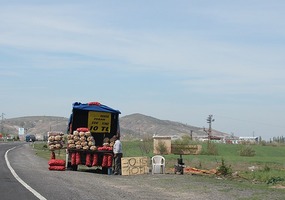
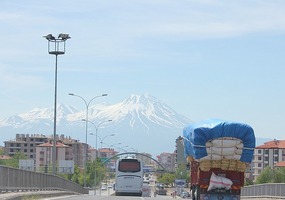
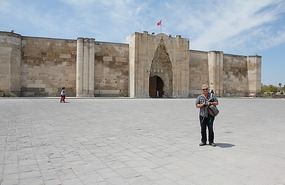
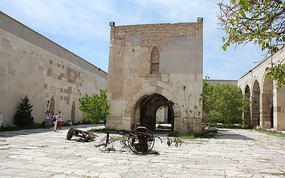
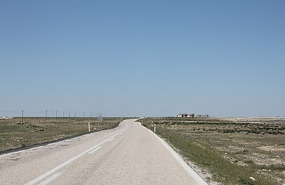
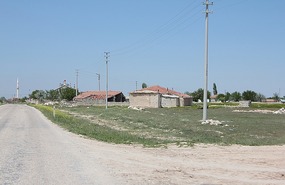
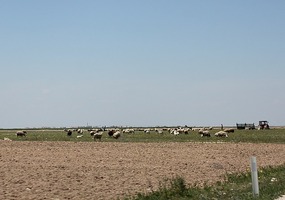
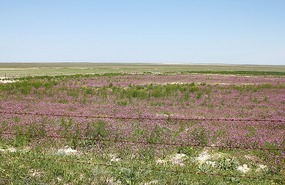
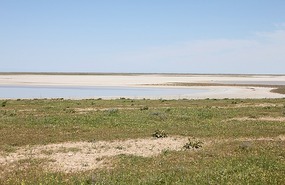
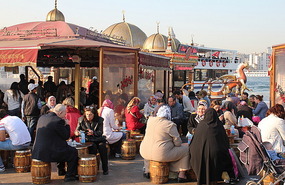
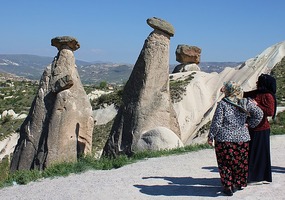
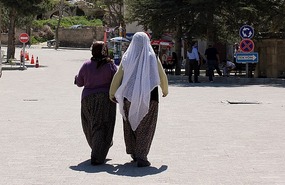
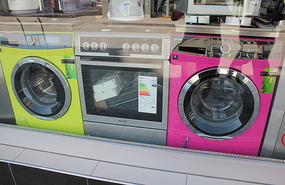
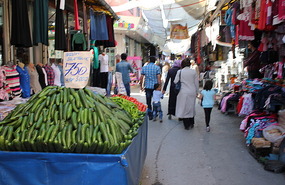
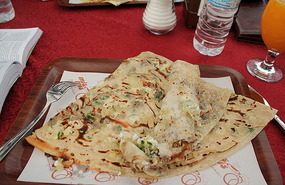
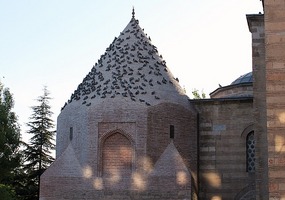
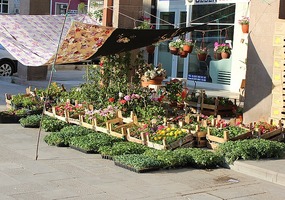


Anne B
2013-05-06
Great account of your travels. Enjoying it immensely. Looking forward to future instalments!